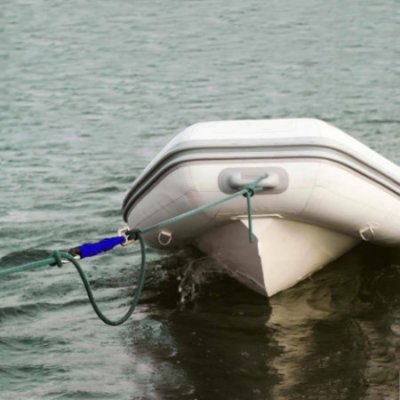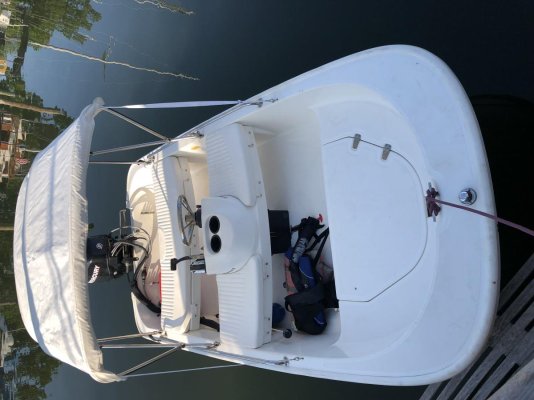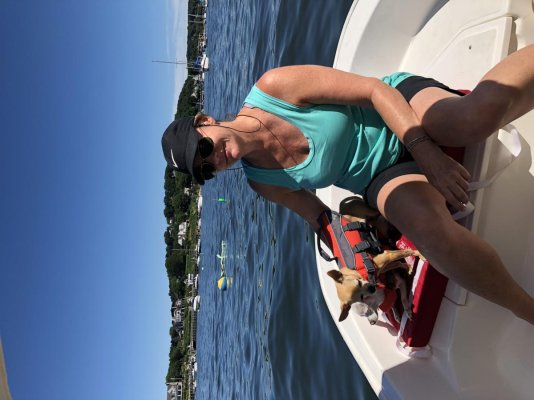Drumhead
Member
- Joined
- Oct 8, 2016
- Messages
- 12
- Location
- United States
- Vessel Name
- "Summerscool"
- Vessel Make
- Mainship Nantucket 40
Hello All,
My wife and I own a 1987 Mainship Nantucket 40 DC. We have a Boston Whaler sport that we want to tow behind us. I know others have posted similar questions regarding the towing of dinks however, Nothing has ever seemed to answer the question of what's best practice or "Just don't do it" So, with that said, Boston Whaler 110 sport w/Yamaha 15 hp outboard. Does this seem to be a towable unit? Anyone have experience with comparable craft? Any suggestions or guidance is appreciated. Thank you
My wife and I own a 1987 Mainship Nantucket 40 DC. We have a Boston Whaler sport that we want to tow behind us. I know others have posted similar questions regarding the towing of dinks however, Nothing has ever seemed to answer the question of what's best practice or "Just don't do it" So, with that said, Boston Whaler 110 sport w/Yamaha 15 hp outboard. Does this seem to be a towable unit? Anyone have experience with comparable craft? Any suggestions or guidance is appreciated. Thank you






